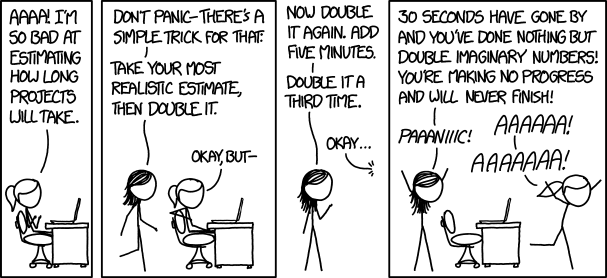Indeed. Beginning of 2019 sounds feasible. If everything goes well then somewhere in the third or fourth quarter of 2018.
I highly doubt it will be any quicker than that. But as always I would love to be proven wrong on this one.
- Oktober ~ mid November: localize RAM error
- November ~ December: design fix
- January/February: produce new boards and test
- March/April: rework for the final to be discovered issues
- May: Final version, CE testing and final pre-production tests
- June/July/Aug: Start Production and delay due to holidays.
- Sep: Assembly, testing and shipping of first units
- Oct/Nov/Dec: Final units in queue arrive
Here I assume that work on the case will be done in parallel. I am sure I have forgotten something.
There will probably be a couple of forest fires, volcanic eruptions and localized nuclear war that will add a bit of delay.
Well, this is just my opinion and guesses, I am sure many others have more optimistic estimates and a clearer picture of what needs to be done. I do think that there is no reason whatsoever to assume it will be the optimistic case.


